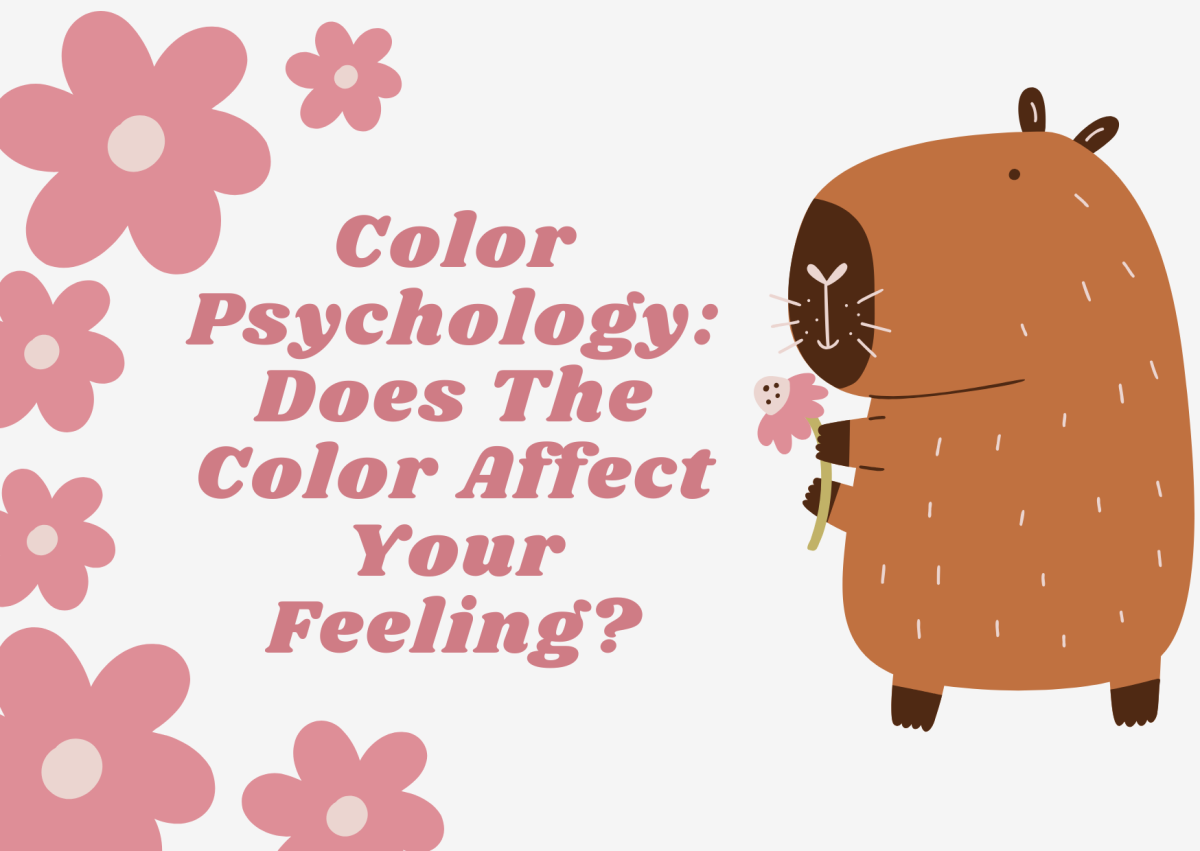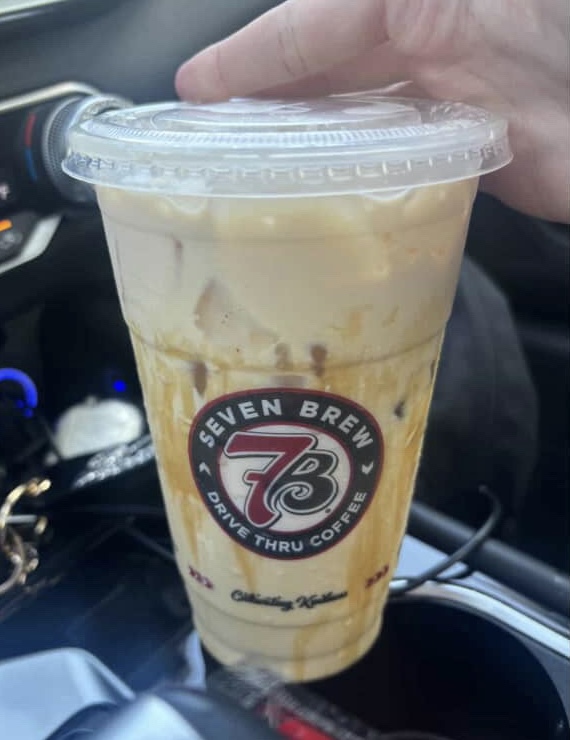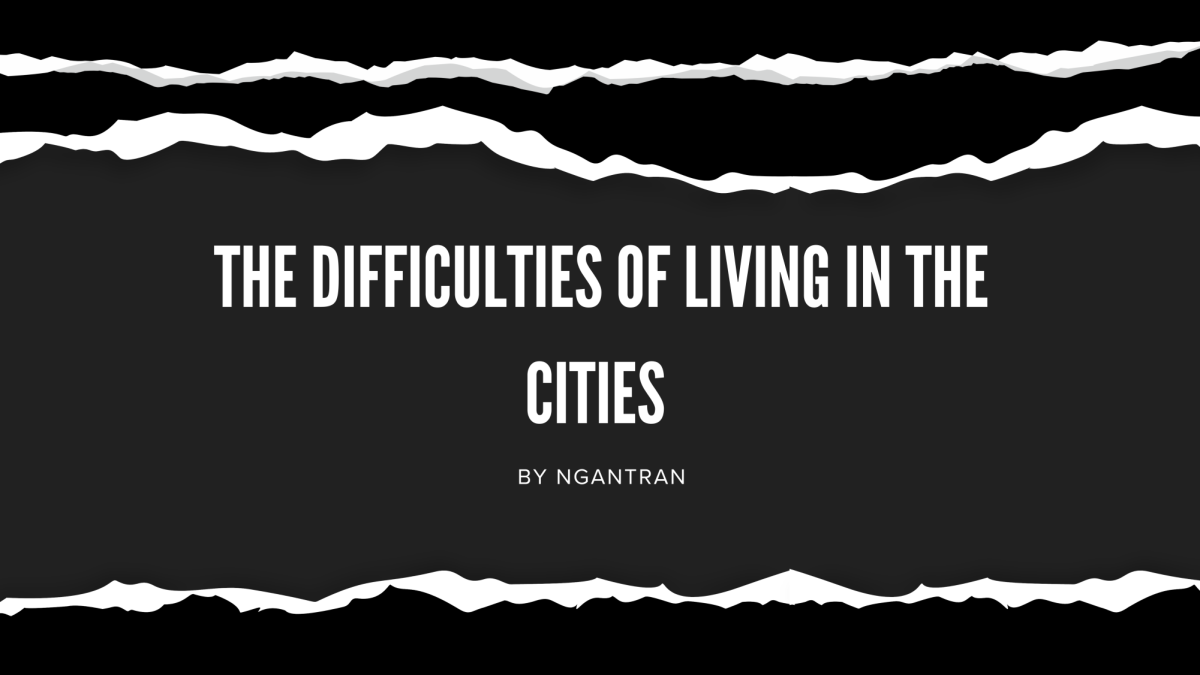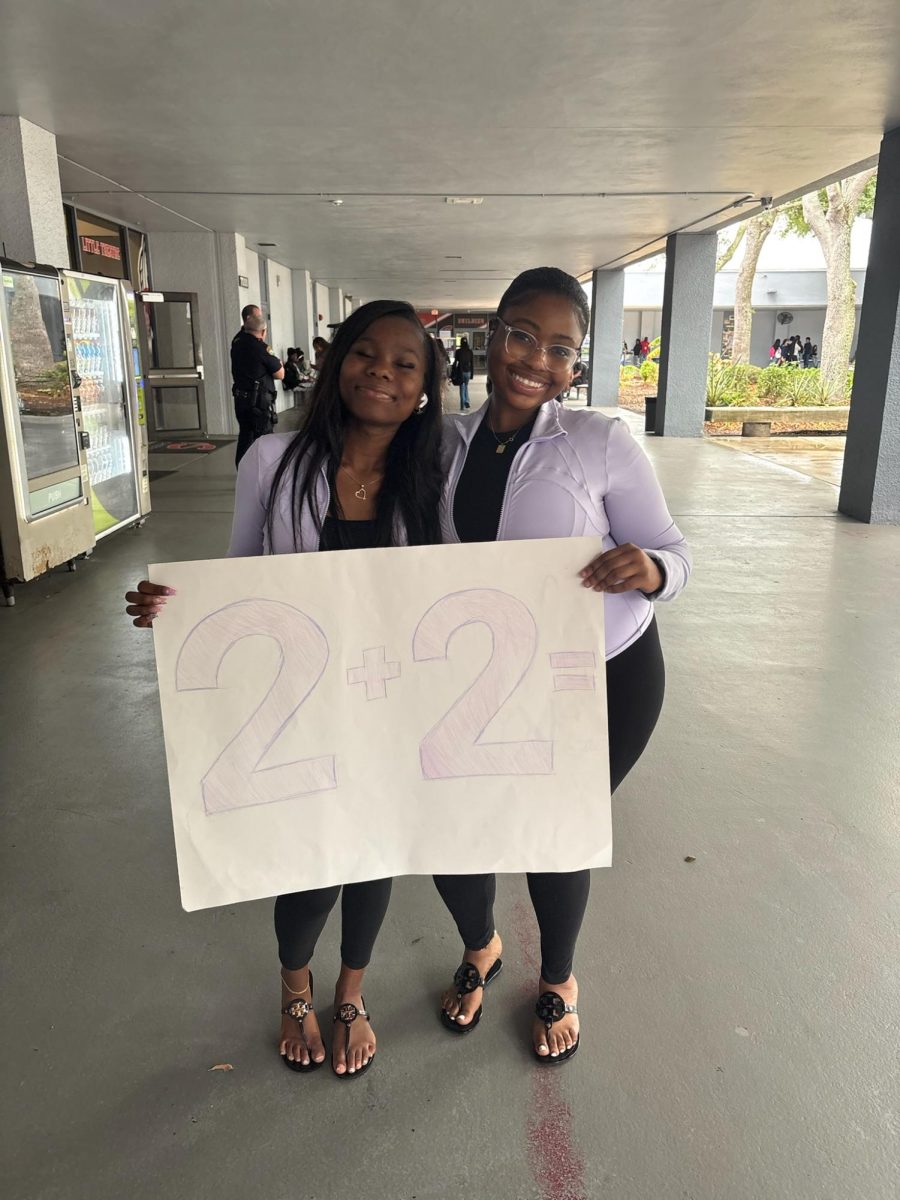Have you ever felt calmer after seeing the color blue? Well, that feeling is related to color psychology, which explores the influence of color on behavior and emotion. For example, red is known to stimulate the body and increase circulation, while blue is believed to soothe illness and treat pain. In Japan, the lights of different stations are periodically changed to blue to prevent people from harming themselves.
Color psychology is widely utilized in marketing and advertisements. Red is used to grab attention and evoke excitement. Brands that often use the color red want to convey power and passion. For example, Coca-Cola, Netflix, and Red Bull. Orange is used to represent enthusiasm, creativity and friendliness. Brands that use orange want to appeal as approachable and energetic. Think Fanta, Nickelodeon, or Home Depot. Green symbolizes innovation, freshness and progress. Brands like Android, Spotify, and Starbucks often use green in advertisements to convey freshness and harmony. Blue is known for its calming and soothing effects, Blue is often used to convey trust, reliability, and professionalism. Facebook, Oral-B, and PayPal use blue to create a sense of security and competence. Black symbolizes power and authority, and is used to convey elegance, mystery, and sophistication. Brands that use black often want to create a sense of strength and style; examples include Chanel, Nike, and Adidas.
Color can even be used in different cases to encourage goals. Bright colors can be used to promote something positive, pastel colors can be used to promote something calming, etc. Colors have different meanings depending on the culture or person. For example, when I was growing up, I was afraid of green as in my culture it was synonymous with bad things. But in other cultures, green symbolizes money and wealth. Overall, color plays an essential role in life, and when used in the right ways, can change a persons feelings on many things, from advertisements to personal goals.















